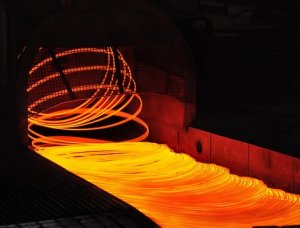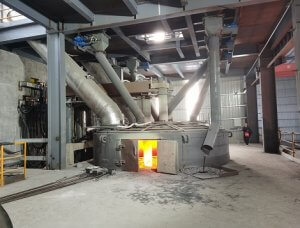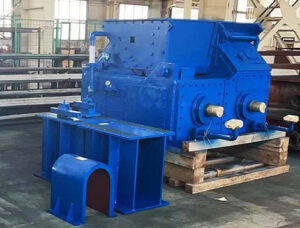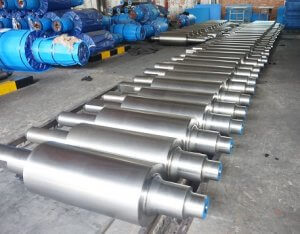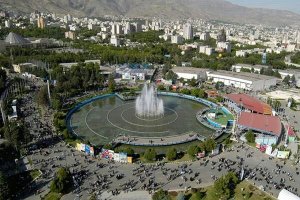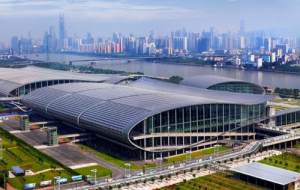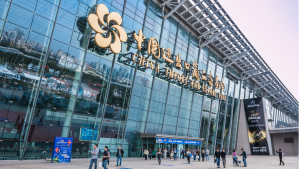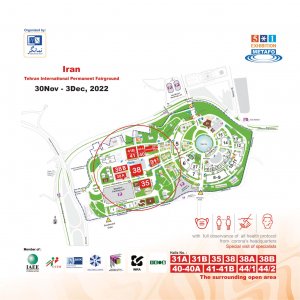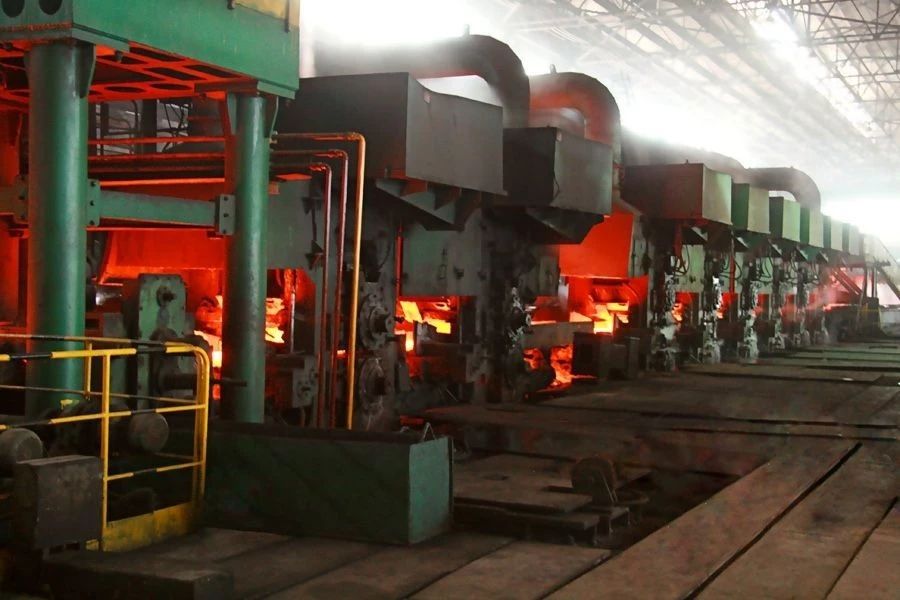Products
Exhibition
Industry News
Three Basic Laws of Steel Rolling
Author : hani Time : 2020/03/091. Volume invariance law
We know that the law of mass invariance exists objectively in nature, and mass = density × volume. Therefore, it can be seen that during the pressure processing, as long as the density of the metal does not change, its volume will not change before and after deformation.
During the hot steel rolling process, the volume change before and after processing due to bubbles, shrinkage, or looseness in the slab is minimal. Therefore, in the theoretical research and engineering of metal pressure processing, the volume of metal is generally considered to be constant before and after deformation.
During the cold steel rolling process, the density of the metal is reduced by approximately 0.1% to 0.2%. Obviously, these volume changes are negligible.
2. Law of minimum resistance
The law of minimum resistance is a general principle of mechanics. In the theory of metal plastic deformation, it can be used to analyze the flow law of particles, and it can also be used to qualitatively analyze the flow direction of metal particles.
Gubkin’s statement is that when the particles of the deformed body may move in different directions, each particle moves in the direction of minimum resistance. Because the circumference of the circle is the shortest under the same cross-sectional area, the law of minimum resistance is also called the law of minimum periphery.
Gao Luowen’s statement is that there is friction between the contact surface of the tool and the metal. If the properties of the metal body are uniform and the friction coefficient on the contact surface is completely the same, the work performed by the friction resistance of the customer when the particle flows to the free surface is proportional to the distance of the particle from the free surface. Therefore, the closer to the free boundary, the smaller the resistance, and the metal particles must flow in this direction, that is, in the direction of the shortest line around the section.
3. Explanation of coexistence of elastic-plastic deformation
Metals are composed of polycrystals, and the orientation of the atoms in each grain is different. Under the effect of external forces, some grains are in an orientation that is favorable for deformation, and some grains are in an orientation that is not favorable for deformation. Therefore, the atoms in some grains can move to a new equilibrium position, while the atoms in other grains only move to a distance less than 1/2 of the atomic distance. Therefore, at a certain moment of macroscopic deformation, some atoms are necessarily in an unstable state during the movement from one stable position to another. Once unloaded, these unstable atoms will return to their original stability. Up position, this manifests itself as a small amount of elastic recovery.


